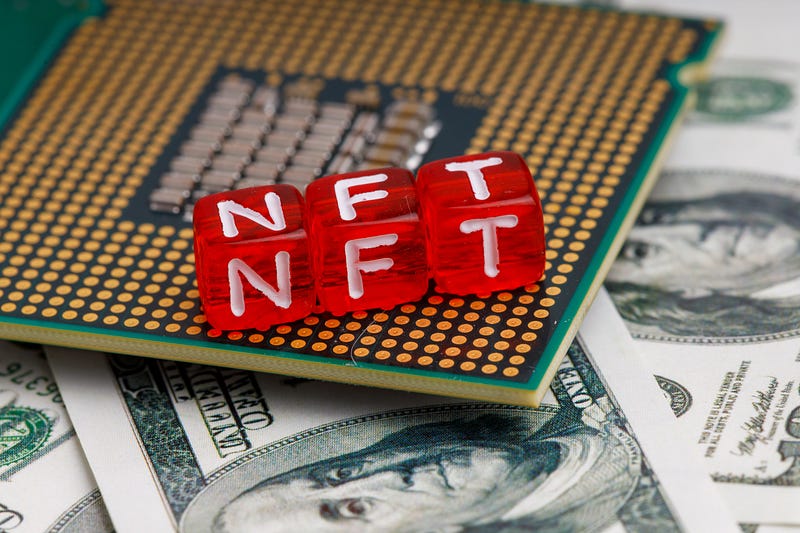In today’s post, we’re exploring the fascinating world of Non-Fungible Tokens (NFTs), which have taken the digital art and collectibles markets by storm. We’ll discuss what NFTs are, their use cases, and why they’ve become so popular. Let’s dive in!
What are Non-Fungible Tokens (NFTs)?
Non-Fungible Tokens (NFTs) are unique digital assets that represent ownership of a specific item or piece of content. Unlike cryptocurrencies like Bitcoin or Ethereum, which are fungible and have equal value, NFTs are indivisible, distinct, and cannot be exchanged on a one-to-one basis.
NFTs are typically built on blockchain platforms like Ethereum, using the ERC-721 or ERC-1155 token standards. These standards ensure that NFTs are compatible with various platforms and can be easily exchanged or traded.
NFT Use Cases:
NFTs have gained traction in several areas, including:
1. Digital Art: Artists can create and sell unique digital artwork as NFTs, ensuring provenance and ownership. Platforms like OpenSea, Rarible, and Foundation facilitate the creation, sale, and trading of NFT art.
2. Collectibles: NFTs can represent digital collectibles, such as virtual trading cards or in-game items. Examples include CryptoKitties, NBA Top Shot, and Axie Infinity.
3. Virtual Real Estate: Platforms like Decentraland and The Sandbox allow users to buy, sell, and trade virtual land parcels as NFTs, creating digital worlds with user-owned content.
4. Domain Names: Blockchain-based domain names, such as those on Ethereum Name Service (ENS) or Unstoppable Domains, can be represented as NFTs, enabling decentralized ownership and transfer.
5. Music and Video: Musicians and video creators can tokenize their work as NFTs, providing unique ownership and monetization opportunities.
Why are NFTs popular?
The popularity of NFTs can be attributed to several factors:
1. Ownership and Scarcity: NFTs provide verifiable ownership and scarcity for digital items, creating value and enabling trade in previously intangible assets.
2. Royalties and Resale: NFTs can be programmed to provide royalties to creators with each resale, ensuring ongoing revenue streams.
3. Digital Identity and Expression: NFTs allow users to express their digital identities through unique assets and collections.
4. *Cross-Platform Compatibility: NFTs can be used across different platforms and applications, thanks to standardized token protocols.
Closing Thoughts:
NFTs have opened up new possibilities for digital art, collectibles, and content monetization. While concerns around valuations, environmental impact, and long-term adoption remain, NFTs continue to disrupt traditional industries and redefine digital ownership.
We hope this post has provided an informative introduction to NFTs. Let us know in the comments which NFT use cases you find most intriguing or if you have any questions about the NFT space. We’re always here to help!
Stay tuned for more insights from the Crypto Insights Hub!
Best regards,
Sophia Lopez,
Admin of Crypto Insights Hub


